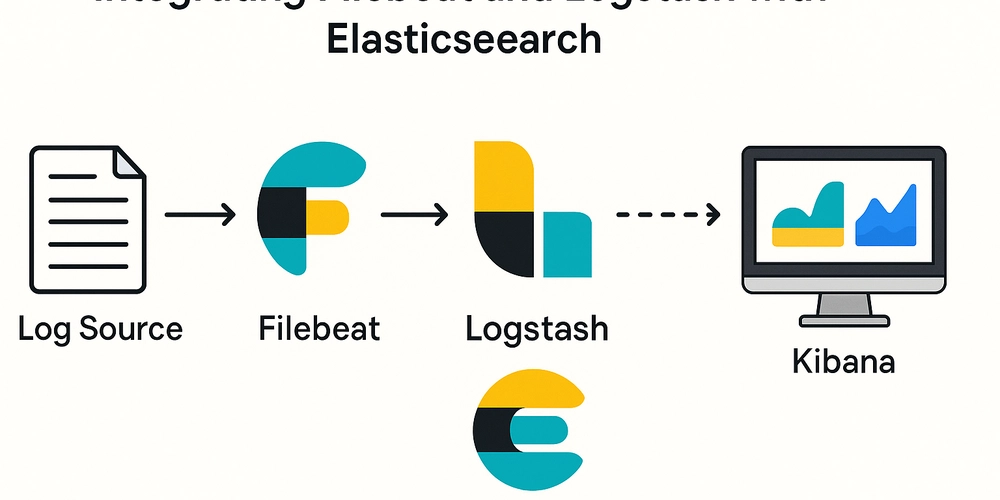Faster, Cheaper Genomic AI: Outlier Removal Boosts Speed Without Losing Accuracy
This is a Plain English Papers summary of a research paper called Faster, Cheaper Genomic AI: Outlier Removal Boosts Speed Without Losing Accuracy. If you like these kinds of analysis, you should join AImodels.fyi or follow us on Twitter. Overview Research proposes method to make genomic AI models faster and cheaper Uses outlier removal technique to optimize model performance Achieves significant speed improvements while maintaining accuracy Focuses on practical deployment of large genomic language models Demonstrates benefits across multiple genomic tasks and datasets Plain English Explanation Working with DNA and genetic data requires massive AI models that are slow and expensive to run. This research shows how to make these models much faster and cheaper by identifying and removing extreme values that slow things down. Think of it like organizing a racing team - i... Click here to read the full summary of this paper

This is a Plain English Papers summary of a research paper called Faster, Cheaper Genomic AI: Outlier Removal Boosts Speed Without Losing Accuracy. If you like these kinds of analysis, you should join AImodels.fyi or follow us on Twitter.
Overview
- Research proposes method to make genomic AI models faster and cheaper
- Uses outlier removal technique to optimize model performance
- Achieves significant speed improvements while maintaining accuracy
- Focuses on practical deployment of large genomic language models
- Demonstrates benefits across multiple genomic tasks and datasets
Plain English Explanation
Working with DNA and genetic data requires massive AI models that are slow and expensive to run. This research shows how to make these models much faster and cheaper by identifying and removing extreme values that slow things down.
Think of it like organizing a racing team - i...












































































![New Powerbeats Pro 2 Wireless Earbuds On Sale for $199.95 [Lowest Price Ever]](https://www.iclarified.com/images/news/97217/97217/97217-640.jpg)
![Under-Display Face ID Coming to iPhone 18 Pro and Pro Max [Rumor]](https://www.iclarified.com/images/news/97215/97215/97215-640.jpg)

![Alleged iPhone 17-19 Roadmap Leaked: Foldables and Spring Launches Ahead [Kuo]](https://www.iclarified.com/images/news/97214/97214/97214-640.jpg)















































































































_Inge_Johnsson-Alamy.jpg?width=1280&auto=webp&quality=80&disable=upscale#)



























































































































![[The AI Show Episode 145]: OpenAI Releases o3 and o4-mini, AI Is Causing “Quiet Layoffs,” Executive Order on Youth AI Education & GPT-4o’s Controversial Update](https://www.marketingaiinstitute.com/hubfs/ep%20145%20cover.png)









































































































































![Re-designing a Git/development workflow with best practices [closed]](https://i.postimg.cc/tRvBYcrt/branching-example.jpg)






















































































































